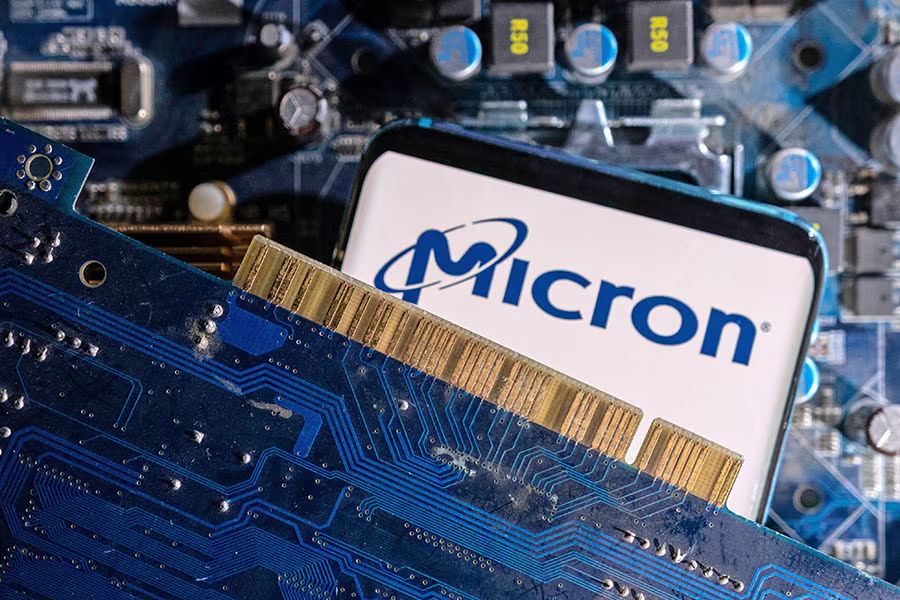
1Introduction
Micron Technology, Inc. is one of the world’s foremost companies in the semiconductor industry, specializing in designing and manufacturing memory and storage solutions. Since its inception in 1978, Micron has played a pivotal role in powering the digital world through its advanced semiconductor products. Today, it stands as a leader in memory technologies, providing crucial components used in everything from smartphones to cloud data centers.
This blog explores what Micron Technology does, its history, key products, technological innovations, and the impact it has on global technology.
The Origins and Evolution of Micron Technology
Micron was founded in Boise, Idaho, by Ward Parkinson, Joe Parkinson, Dennis Wilson, and Doug Pitman. Initially, the company focused on DRAM chips, which are vital for computer memory. Over the years, Micron expanded its expertise and production capabilities by acquiring other companies and investing heavily in research and development.
Milestones:
- 1978: Company founded.
- 1996: Micron acquired Texas Instruments’ memory business, boosting its production capacity.
- 2012: Micron acquired Elpida Memory, becoming the world’s second-largest memory manufacturer.
- Recent years: Expansion into storage technologies and emerging markets like automotive and AI.
Core Products of Micron Technology
1. DRAM (Dynamic Random Access Memory)
DRAM is a type of volatile memory that stores each bit of data in a separate capacitor. It is the main memory used by computers and servers to temporarily hold data that the CPU needs quick access to. Micron is a top manufacturer of DRAM chips, used widely in personal computers, laptops, smartphones, and data centers.
2. NAND Flash Memory
NAND flash is a non-volatile storage technology, meaning it retains data even when power is turned off. It is essential for consumer electronics such as smartphones, tablets, USB drives, and solid-state drives (SSDs). Micron produces multi-level cell (MLC) and triple-level cell (TLC) NAND flash that balance speed, endurance, and cost.
3. NOR Flash Memory
NOR flash memory is another type of non-volatile memory with faster read speeds and random access capabilities. It is commonly used in embedded systems, automotive electronics, and firmware storage.
4. SSDs (Solid-State Drives)
Micron designs and manufactures SSDs for a variety of applications, from consumer laptops to enterprise-grade data centers. SSDs use NAND flash memory to provide faster, more reliable storage than traditional hard disk drives (HDDs).
Micron’s Technological Innovations
1. 3D NAND Technology
Micron has been a pioneer in 3D NAND, where memory cells are stacked vertically to increase storage density and reduce cost per bit. This technology has allowed for higher capacity SSDs and improved performance.
2. 3D XPoint Technology
Co-developed with Intel, 3D XPoint is a breakthrough non-volatile memory technology that sits between DRAM and NAND flash in speed and durability. It offers fast read/write speeds and high endurance, making it ideal for applications that require quick data access and persistence, such as AI, machine learning, and high-performance computing.
3. Low Power DDR (LPDDR)
LPDDR is designed for mobile devices, enabling high-speed memory with lower power consumption. This innovation helps extend battery life in smartphones, tablets, and other portable electronics.
Market Applications and Industries Served
1. Consumer Electronics
Micron’s memory chips power nearly all smartphones, tablets, and laptops. Their solutions enhance device performance, multitasking ability, and storage capacity.
2. Data Centers and Cloud Computing
Data centers demand vast amounts of fast, reliable memory and storage. Micron provides DRAM and SSDs optimized for these environments, helping cloud providers and enterprises manage large datasets efficiently.
3. Automotive
Modern vehicles rely on sophisticated electronic systems for safety, navigation, and entertainment. Micron’s memory solutions are engineered to meet the rigorous reliability and performance standards of the automotive industry.
4. Industrial and IoT (Internet of Things)
Micron supports the growing IoT market with durable, energy-efficient memory products that enable smart devices and industrial automation.
Global Manufacturing and Research Presence
Micron operates state-of-the-art fabrication plants in the United States, Taiwan, and Japan, among other locations. These fabs use advanced semiconductor manufacturing processes to produce high-quality chips at scale. Additionally, Micron invests billions annually in R&D to maintain technological leadership.
Challenges and the Future Outlook
Like all semiconductor companies, Micron faces challenges including supply chain disruptions, intense global competition, and rapid technological changes. However, its focus on innovation, diversification of products, and expanding markets such as AI, automotive, and 5G positions it well for future growth.
Conclusion
Micron Technology is more than just a memory chip manufacturer—it is a critical driver of the modern digital economy. Its innovations enable faster computing, bigger data storage, and smarter devices across multiple industries. As technology continues to evolve, Micron’s role in shaping the future of memory and storage remains indispensable.




